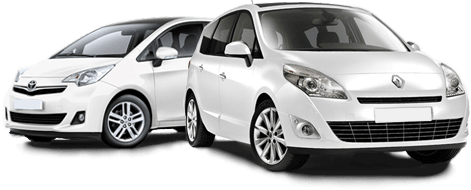Car Hire in Anglesey | Book at Unbeatable Prices

Compare Prices and Book from the Top Car Rentals






Car Hire in Anglesey
Exploring Anglesey by Car: A Journey through Breathtaking Landscapes, Charming Towns, and Historical Landmarks

Nestled in the Irish Sea is the tranquil isle of Anglesey, a picturesque gem renowned for its breathtaking landscapes, rich history, and myriad tourist attractions. Known in Welsh as Ynys Môn, Anglesey is connected to mainland Wales by two bridges, making it an easily accessible destination by car. From its astonishing natural beauty to the charming towns and ancient sites, the island is a treasure trove of enchanting experiences just waiting to be discovered.
Prepare to be bewitched by the spectacular views from the comfort of your car as you drive around the island. Bask in the tranquil atmosphere of Llanddwyn Island off the Anglesey west coast, a striking nature reserve recognised for its stunning beaches and abundant wildlife. Beaumaris Castle, a UNESCO World Heritage site, is a must-visit spot that reflects the island's illustrious past. A 30-minute drive from Anglesey will land you in the picturesque harbour town of Porthmadog, home to the Ffestiniog & Welsh Highland Railways, the world's oldest narrow gauge railway.
Of course, no trip to Anglesey would be complete without savouring its rich culinary scene. From the sumptuous seafood of Menai Strait to the award-winning Halen Môn Anglesey Sea Salt, your taste buds are in for a treat. Round off your visit by dropping by the bustling town of Holyhead. Known for its busy ferry port and sailing opportunities, it's an adventure not to be missed. With so much to offer, Anglesey is a haven of timeless beauty and cultural riches, best explored at the leisurely pace of a self-driven car journey.





